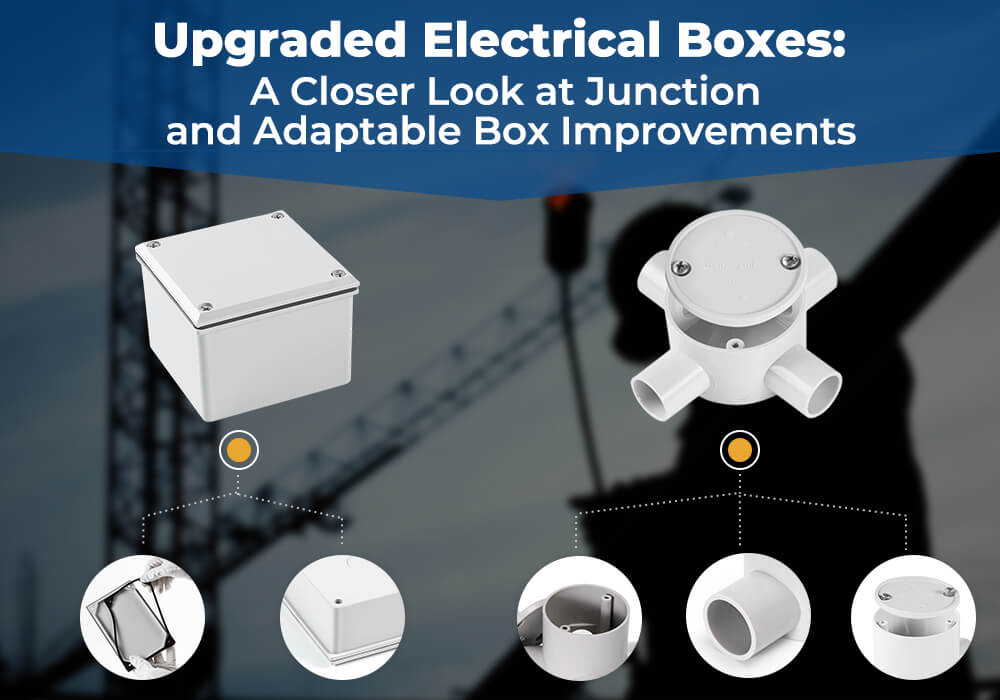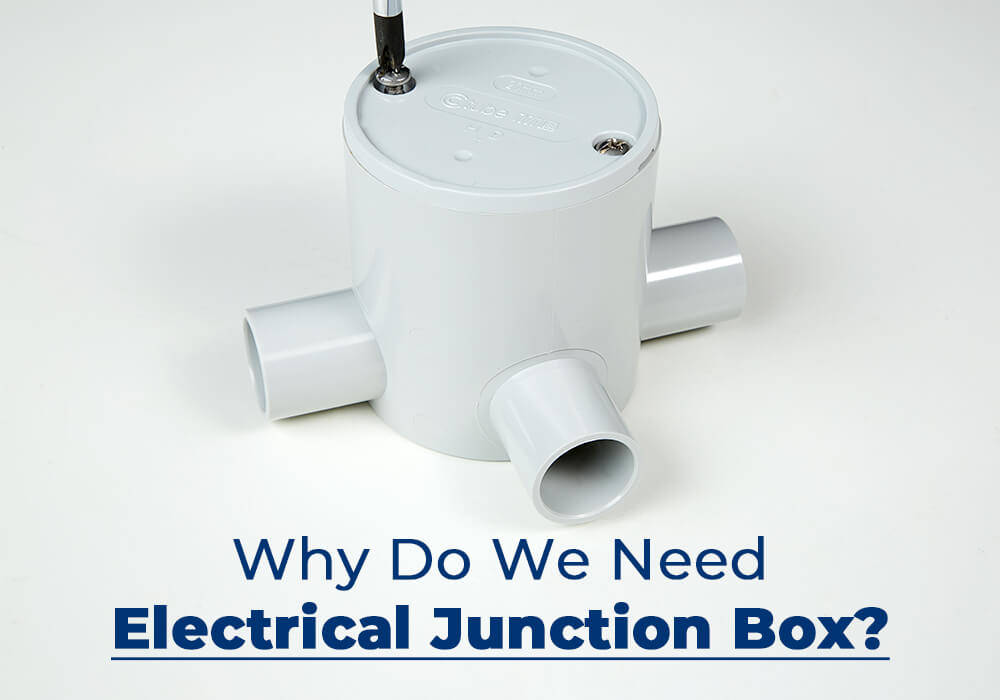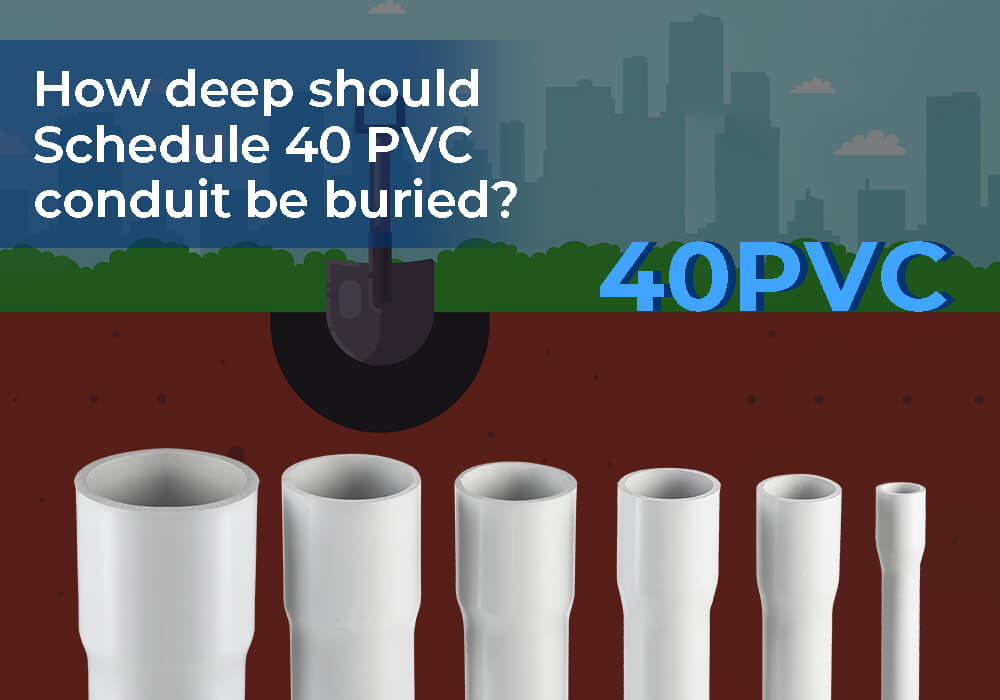Upgraded Junction Box and Adaptable Box
Conduit fittings are used to connect electrical conduit to electrical boxes, devices, and other conduit sections. Two common types of conduit fittings are junction boxes and adaptable boxes.
Junction boxes are used to connect two or more conduit sections together and provide a location for wire splices or connections. They also provide protection for the wires and connections inside. Junction boxes can be made from a variety of materials, including metal and plastic.

Adaptable boxes are used to connect conduit to devices or fixtures, such as switches, outlets, or light fixtures. They typically have a removable cover that allows for easy access to the wires and connections inside. Adaptable boxes can also be made from a variety of materials, including metal and plastic.
Both junction boxes and adaptable boxes come in a range of sizes and shapes to accommodate different conduit sizes and installation requirements. They also typically have threaded openings or knockouts for attaching conduit and other fittings.
It’s important to choose the right type of conduit fitting for your specific electrical installation needs. Consulting with a licensed electrician or other qualified electrical professional can help ensure that you choose the right fittings and that your installation is safe and up to code.
Compared to ordinary junction boxes and adaptable boxes, our company’s products have been upgraded in terms of external structure, making them easier to install and configure, thereby improving the user experience.
We are committed to providing our customers with the highest quality conduit fittings that are easy to use, durable, and safe. Contact us today to learn more about our products and how they can benefit your electrical installation needs.
Upgraded Junction Box and Adaptable Box Read More »






